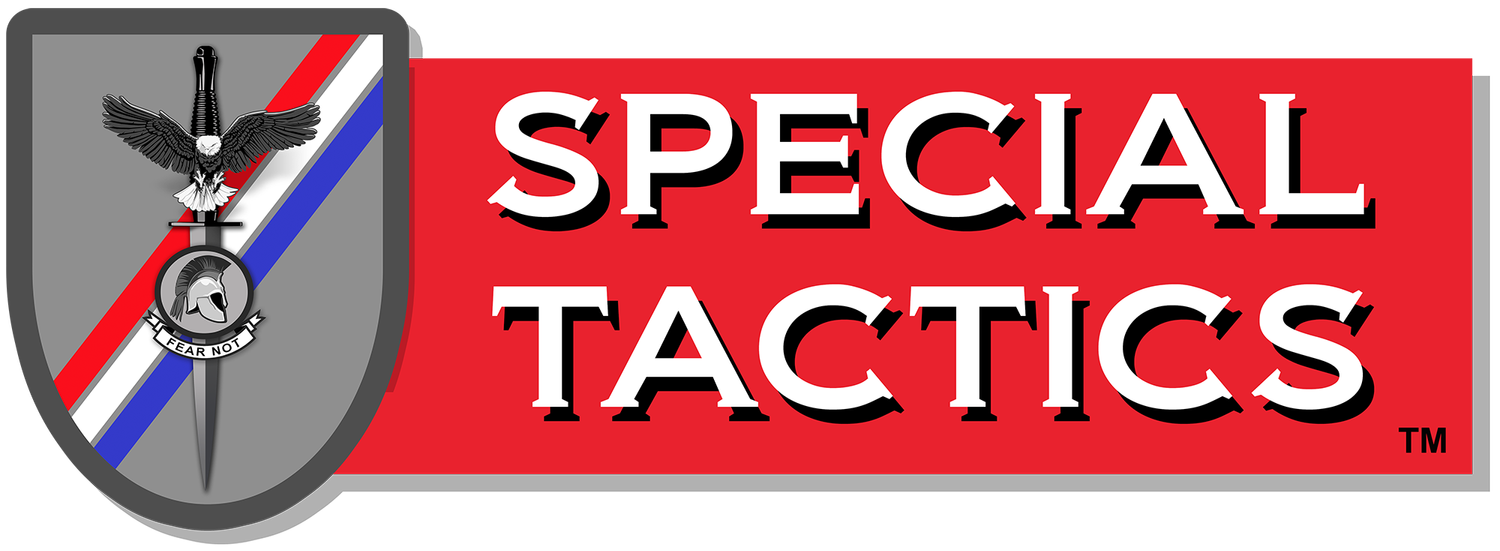Vehicle Selection for Executive Protection Operations
This short article is taken from our new Escort Detail Mobile VIP Protection Online Course. It discusses considerations for choosing the right vehicle for a motorcade or protective detail. We welcome your reactions, comments and ideas on our Facebook page and if you like the article, click below to check out the online course. Those who complete the course will earn a serial-numbered completion certificate. The companion e-Book is also available on Amazon.
Motorcade Vehicle Selection
How do the techniques explained in this course change depending on the type of vehicle in the motorcade and level of armor protection provided? These factors certainly have an impact on operations and tactical decisions but they ultimately will not completely alter or negate any of the techniques or procedures explained in this course. However, it is critically important to keep these factors in mind and use your head to understand how they change the tactical equation.
For example, with an unarmored vehicle, it is particularly important to take cover behind the engine block if possible since the rest of the car provides less effective cover from bullets. If the entire vehicle is armored, there are more safe options for where to take cover behind the vehicle. However, you can still get hit and/or killed by bullets skipping under a vehicle whether it is armored or not.
The same applies to vehicle doors. Unarmored vehicle doors provide very limited protection from bullets so tactics don’t rely on the protective capacity of doors. Armored doors offer better protection but still only protect your upper body. There might also be a temptation to remain inside an armored vehicle and wait for help instead of crossloading or bailing out. This is generally not the best option since even armored vehicles can be set on fire or destroyed with rockets or explosives. It is critical to know the armor protection capabilities of your vehicle, know your environment and understand the threat. This will allow you to make slight adjustments to the tactics in this course to fit your specific situation.
There are many other factors to be considered when selecting vehicles for the motorcade. In some cases, you will not have a choice and will have to work with whatever vehicles are available. Regardless, as the security detail it is your responsibility to know your vehicles and understand their advantages and disadvantages. For example, some protection tactics require detail members to crawl into the back seat of the vehicle or crawl across the center console. In some vehicles this might not be possible. Be sure to practice all techniques and maneuvers in the actual vehicles you will be using in the motorcade, wearing the same gear and equipment you will be wearing during the operation.
If given the option to select your own vehicles, there are many other factors to consider in the effort to maximize effectiveness. There are a number of attributes that are desirable for motorcade vehicles. Which of these you choose to prioritize depends on the mission, the environment and any constraints imposed by the situation. Ultimately, you will have to make tradeoffs, give up something to gain something. If funding is limited it will force you to make even more tradeoffs.
One of the most critical factors is vehicle reliability. You want to ensure the vehicle is in good condition and well maintained. If the vehicle breaks down in a bad area or during an emergency situation that will greatly increase risk for the VIP. If given the choice between manual transmission and an automatic transmission it is ideal to select automatic transmission. Regardless of your driving skill or personal preference, manual transmission adds an additional variable in high-stress situations. If the motorcade comes under attack, you want to be able to focus maximum attention on the threat, and not worry about shifting gears.
It is also ideal to have a vehicle that is fast so it can escape quickly in an emergency. A larger, heavier vehicle is safer in a crash and is better for dealing with obstacles in the road, however if you are operating in an area with many narrow streets, a larger, heavier vehicle might be a liability. You should also consider the vehicle’s all-terrain capability if you expect to be operating in areas with unimproved roads.
The VIP will also have certain preferences that affect vehicle selection. The VIP may want to maintain a certain appearance or reputation that calls for a certain type or class of vehicle. The VIP may also insist on using a vehicle with certain amenities or creature comforts. The VIP may insist on using a vehicle he/she already owns as the Limo which may place further constraints on your options.
There are no fixed formulas for selecting the right vehicle and once again, you may have no choice but to use what is available. However, you should analyze the factors above and any other relevant factors when setting up the motorcade. In some cases you may be able to make small modifications to the motorcade vehicles that enhance security.
We hope you found the short article useful and once again we welcome your reactions, comments or suggestions on our Facebook page where we frequently hold constructive discussions on tactics with people from various tactical backgrounds and experience levels. Also, click above if you would like to check out the full course on the Tactics Society academy page. Those who complete the course will earn a serial-numbered completion certificate. The companion e-Book is also available on Amazon.

